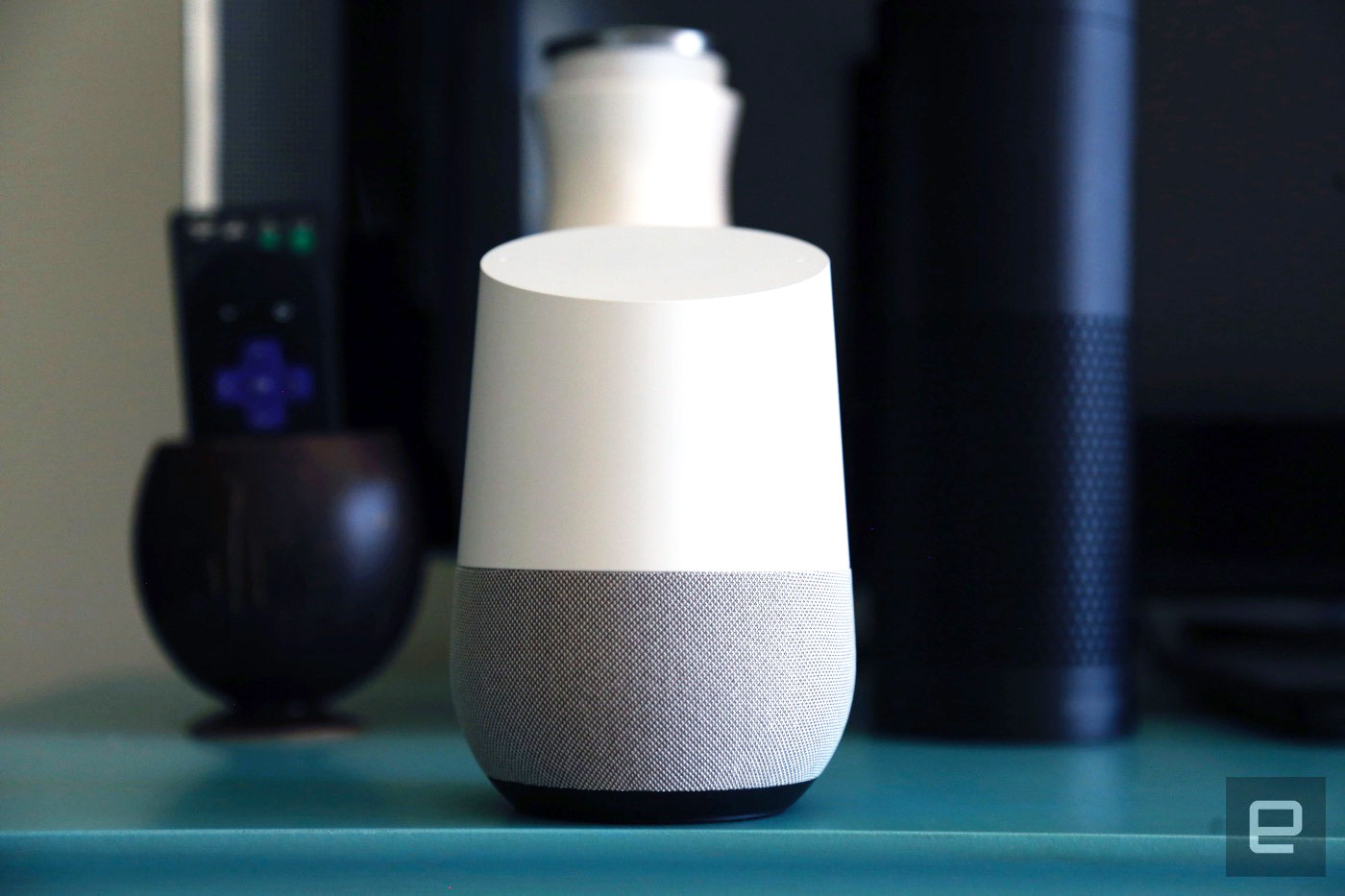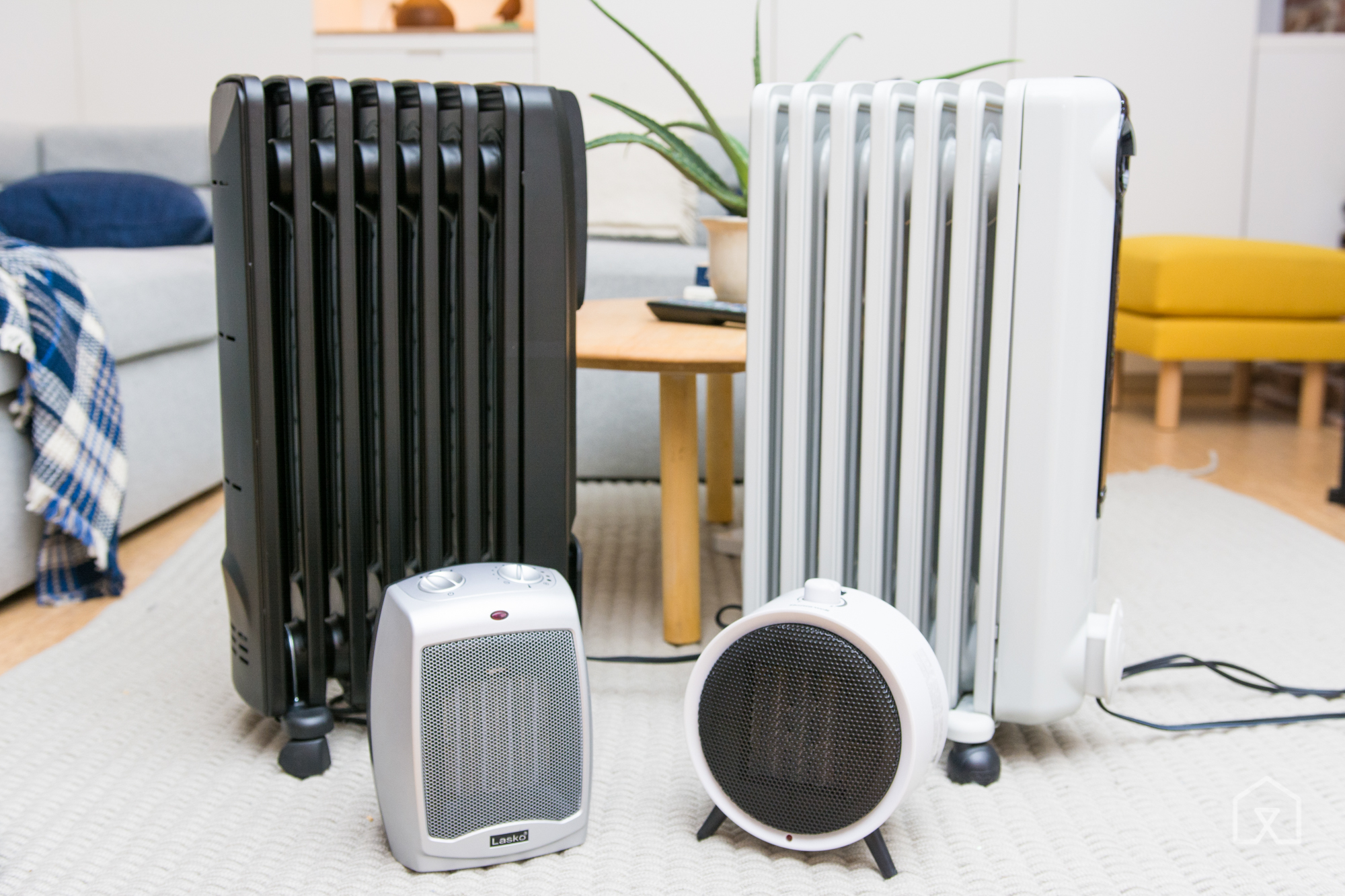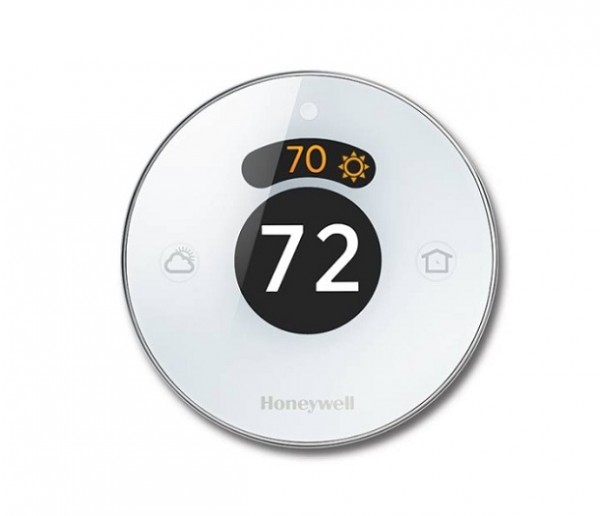Harmony remote controls, once nothing more than just universal clickers, will soon play an important role in home automation, as Logitech has just launched a few new products with those abilities.
First showcased in June 2013, Logitech’s Ultimate Hub now becomes essential for smart homes. Its functionality was upgraded and was launched under a new name – Harmony Home Hub – along with a couple of new Harmony Living Home remote controls.
The previous generation of Harmony remotes were only compatible with Philips Hue ambient lights and Nest thermostats. Fortunately, the ecosystem was expanded to include smart locks, thermostats, and lights made by August, Honeywell, Kwikset, Lutron, PEQ, Schlage, SmartThings, Sylvania, Yale, and Zuli.
Harmony Home Control is a package that contains the Home Hub and a button-only remote, while the Ultimate Home bundle includes a fancier clicker.
It should be noted that the former can control up to 8 devices, while the latter can be used for up to 15 devices. The current ecosystem includes 270,000 devices, which was inconceivable with regular universal remote controls. A list of the compatible devices can be found here.
The hub features RF, IR, Bluetooth, and Wi-Fi connectivity, so it’s basically impossible for it not to be able to control a device.
The previous version of the hub came with a companion app that was available on iOS and Android. Since that’s essential for controlling a smart home, Logitech didn’t give up on that idea.
Harmony’s new Android app features a new interface in order to better accommodate the new functionality of the hub.
Mind you, the new Harmony remote controls retain the functionality of the old ones, so you’ll still be able to control your home theater with one of these.
Overall, the new Logitech Harmony remotes look like the ultimate tools for home-entertainment and home-automation. The improvements are notable and make Logitech a pioneer in this field, with little to no chances for the competition.
The Harmony Home Hub costs $99 and can be purchased as a stand-alone products, while the Home Control and Ultimate Home packages will be available for $149.99 and $349.99, respectively. These prices might look a bit steep, but considering the great number of devices that can be controlled and the (hopefully) long life of the products themselves, they definitely look like a good investment.
Be social! Follow Walyou on Facebook and Twitter, and read more related stories about the Logitech Harmony Ultimate Hub that obsoletes common remote controls, and the Logitech Touch Lapdesk N600 that keeps notebooks cool.

 Intel is already showing off the building blocks of its 5G hardware at MWC and the big carriers are rushing to upgrade to the new standard, but the chipmaking giant is also launching a new initiative to build more than just faster cellular network. A...
Intel is already showing off the building blocks of its 5G hardware at MWC and the big carriers are rushing to upgrade to the new standard, but the chipmaking giant is also launching a new initiative to build more than just faster cellular network. A...
 Intel is already showing off the building blocks of its 5G hardware at MWC and the big carriers are rushing to upgrade to the new standard, but the chipmaking giant is also launching a new initiative to build more than just faster cellular network. A...
Intel is already showing off the building blocks of its 5G hardware at MWC and the big carriers are rushing to upgrade to the new standard, but the chipmaking giant is also launching a new initiative to build more than just faster cellular network. A...
 Since Home arrived a few months ago, Google has been regularly adding new features to the compact speaker and its virtual assistant. Today, the company announced that the connected device can now be used to control smart home gadgets from Belkin's We...
Since Home arrived a few months ago, Google has been regularly adding new features to the compact speaker and its virtual assistant. Today, the company announced that the connected device can now be used to control smart home gadgets from Belkin's We...
 By Séamus Bellamy
This post was done in partnership with The Sweethome, a buyer's guide to the best homewares. When readers choose to buy The Sweethome's independently chosen editorial picks, it may earn affiliate commissions that support its...
By Séamus Bellamy
This post was done in partnership with The Sweethome, a buyer's guide to the best homewares. When readers choose to buy The Sweethome's independently chosen editorial picks, it may earn affiliate commissions that support its...
 By John Holecek, Tim HeffernanThis post was done in partnership with The Sweethome, a buyer's guide to the best things for your home. Read the full article here.After a third year of testing, the Honeywell HCM-350 remains our pick as the best humidif...
By John Holecek, Tim HeffernanThis post was done in partnership with The Sweethome, a buyer's guide to the best things for your home. Read the full article here.After a third year of testing, the Honeywell HCM-350 remains our pick as the best humidif...






